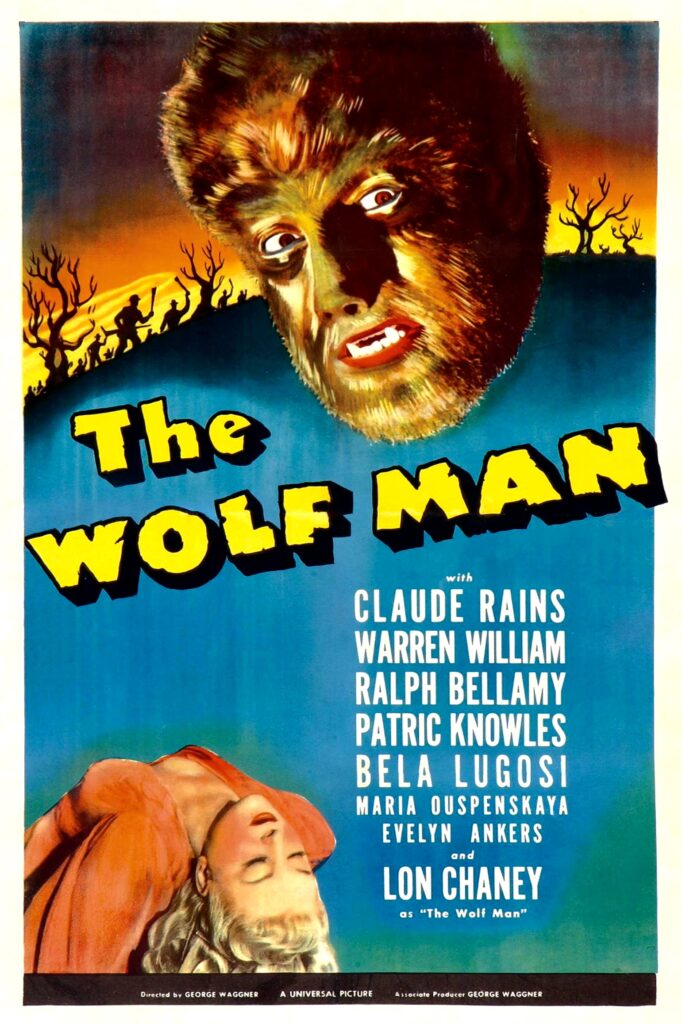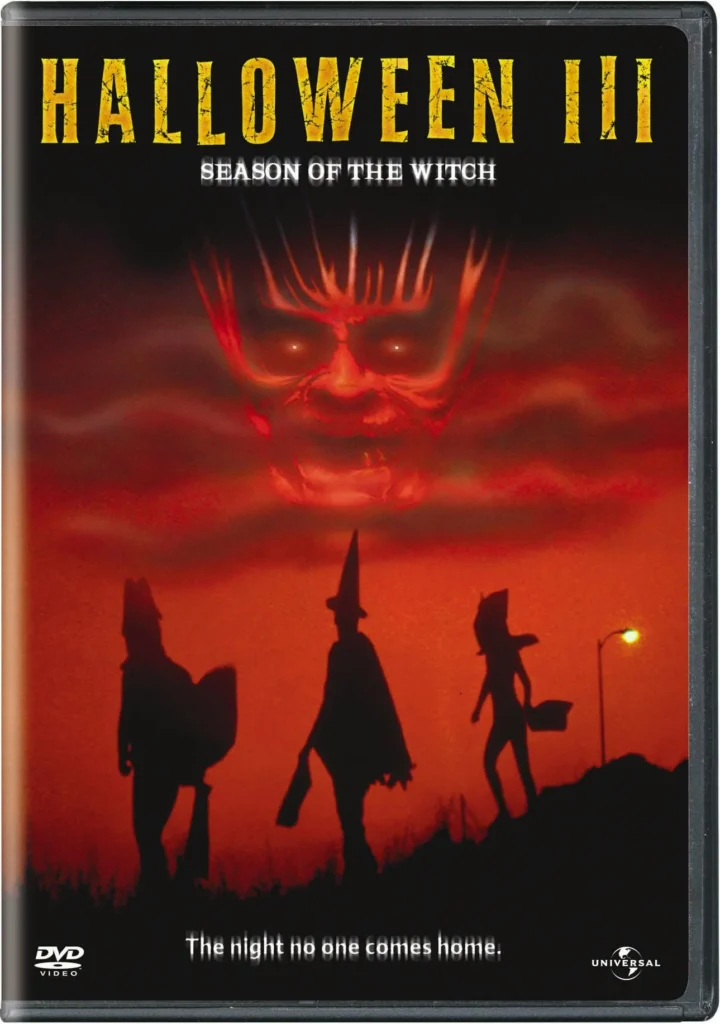The Wolf Man (1941): Unleashing a Legacy of Horror and Tragedy – Film Review

The 1941 classic “The Wolf Man” stands as a pillar of the horror genre, not only for its chilling narrative and atmospheric tension but also for its pioneering contributions to the lore of werewolves in cinema. Directed by George Waggner with a screenplay by Curt Siodmak, the film stars Lon Chaney Jr. in what would become his defining role as Larry Talbot, the tormented soul cursed to transform into a werewolf. This review delves into the film’s production, its thematic depth, and the enduring legacy it has imprinted on the horror genre.
The Making of a Monster: Production Insights
“The Wolf Man” is notable for its innovative approach to special effects and makeup, led by the legendary Jack Pierce, Universal’s master of monster makeup. Pierce’s groundbreaking work in creating the werewolf transformation sequence set new standards for the genre. Using a combination of yak hair, rubber, and a painstakingly detailed application process, Pierce transformed Chaney into the fearsome creature, a process that took several hours to complete. This meticulous attention to detail in makeup effects contributed significantly to the film’s authenticity and horror.
Filming “The Wolf Man” presented unique challenges, particularly in depicting the transformation scenes. The filmmakers utilized lap dissolves, a technique where Chaney had to sit perfectly still for hours as makeup was applied in stages, and then shots were spliced together to create the appearance of a seamless transformation. This effect, although common now, was revolutionary at the time and is a testament to the dedication of the film’s crew to push the boundaries of special effects.
A Tale of Tragedy and Terror
At its core, “The Wolf Man” is a tale of tragedy, exploring themes of fate, identity, and the duality of man. Larry Talbot’s return to his ancestral home in Wales and subsequent curse after being bitten by a werewolf (played by Bela Lugosi) introduces audiences to a character caught in a battle against his own nature. Siodmak’s script, rich with mythological references and a palpable sense of doom, crafts a narrative that is as much about the human condition as it is about the terror of the werewolf.
The film’s setting, a fog-laden, foreboding landscape, masterfully created on the Universal backlot, adds to the Gothic atmosphere that envelops the story. Cinematographer Joseph Valentine’s use of shadows and light accentuates the suspense, making the Welsh countryside a character in its own right, one that echoes the inner turmoil of Larry Talbot.
An Ensemble Cast of Character
“The Wolf Man” boasts an impressive ensemble cast, including Claude Rains as Sir John Talbot, Larry’s estranged father, and Evelyn Ankers as Gwen Conliffe, the object of Larry’s affection. The chemistry between the cast members, particularly the strained relationship between Chaney’s and Rains’s characters, adds depth to the film, elevating it beyond a simple horror tale to a drama about family and loss.
Legacy and Influence
“The Wolf Man” solidified Lon Chaney Jr.’s status as a horror icon, placing him alongside contemporaries such as Boris Karloff and Bela Lugosi. The film’s influence on the werewolf mythos cannot be overstated; it introduced elements such as the transformative power of the full moon and the werewolf’s vulnerability to silver, which have become staples of the genre.
Moreover, the film’s success spawned several sequels and crossovers, integrating Larry Talbot/The Wolf Man into the broader Universal Monsters universe. Its impact extends to modern cinema, inspiring countless adaptations and homages, cementing “The Wolf Man” as a foundational work in horror filmmaking.
Reflecting on “The Wolf Man”
“The Wolf Man” remains a seminal work in horror cinema, not only for its technical achievements and compelling narrative but also for its exploration of themes that resonate with the human experience. The film’s legacy, enriched by behind-the-scenes innovations and a memorable performance by Chaney, continues to captivate audiences, proving that the tale of Larry Talbot is timeless. In the annals of horror, “The Wolf Man” howls as loudly today as it did in 1941, a testament to the enduring power of storytelling and the universal appeal of the monster within.




